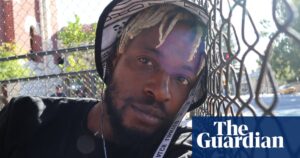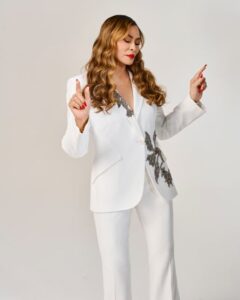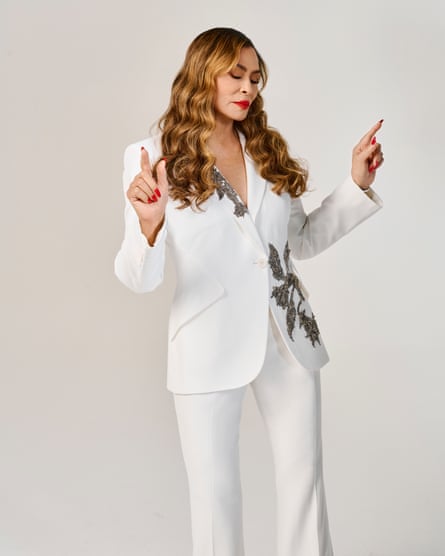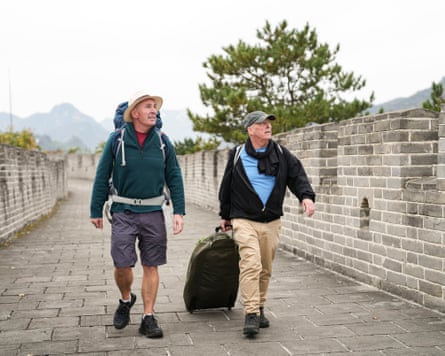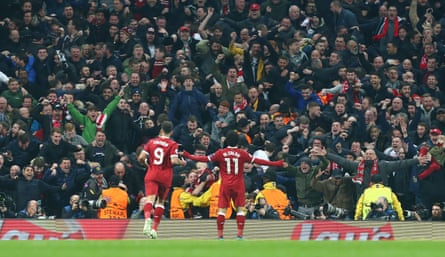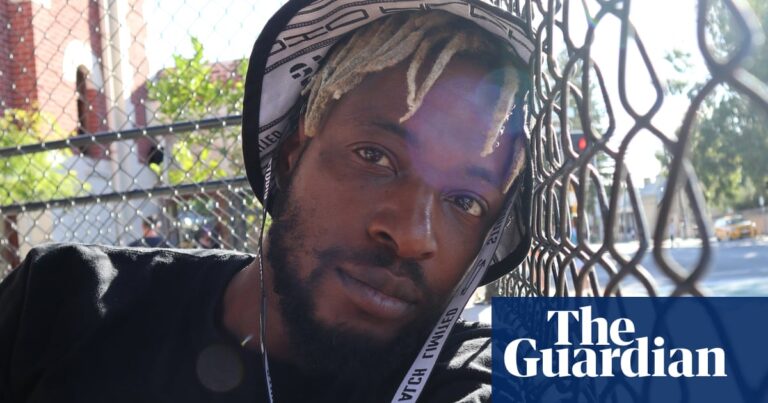‘I feel like I’m on top of a mountain, about to jump into a lake. But naked and in front of the entire world.” So Victor le Masne told me on the eve of the Olympics opening ceremony, speaking from an undisclosed location outside of Paris, where he had been monitoring rehearsals.
It has been two years since he accepted the role as musical director for the Olympic and Paralympic Games, a journey which began, he says, “alone in the studio, jamming on the piano, searching for a theme,” and has culminated in 12 hours of music written for four national orchestras and around 600 musicians. “You don’t really have a sense of scale when you begin. Now we are here, and the reality is kicking in.”
I met Le Masne six years ago in London, when we signed to the same music publisher. He had recently left his band, the indie electro duo Housse de Racket, and was beginning a new chapter, working as a producer and a composer for progressively bigger French artists: Kavinsky, Justice’s Gaspard Augé, and Juliette Armanet. He was called up to rearrange La Marseillaise for the 2020 Tokyo Olympics handover in the closing ceremony, and then became musical director for a revival of 70s French rock opera Starmania, directed by Thomas Jolly, whose next project would be the 2024 Games opening ceremony.
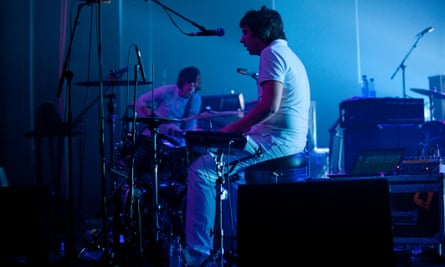
We first heard Le Masne’s keystone Olympic composition, Parade, in May when the Olympic torch arrived in Marseille aboard a vast ship. The televised broadcast featured Le Masne playing synth and piano with the Marseille Orchestra. He described this first performance as “a teaser, an overture for the main event. I hope you liked it because you’re going to hear it again and again, like a theme and variations, in different colours, different orchestrations, minimal, maximal … I think of it like a film score.” Parade is a banger, fusing French touch and four-to-the-floor drums with anthemic strings reminiscent of 70s film scores. It is also grounded in the nostalgic sound of retro sports TV – a genre unto itself. Imagine a club-friendly version of the Grandstand or the Ski Sunday theme.
Parade punctuated the opening ceremony, a motif in many guises and modulations. When Zinedine Zidane passed the torch to a group of children, the tune emerged from an ondes martenot, an electronic instrument invented in 1928 by French musician Maurice Martenot, perfectly suited to eerie monophonic glissando melodies. Moments later it burst fully formed and fortissimo, as an arsenal of smoke bombs exploded into the tricolour on the Austerlitz bridge.
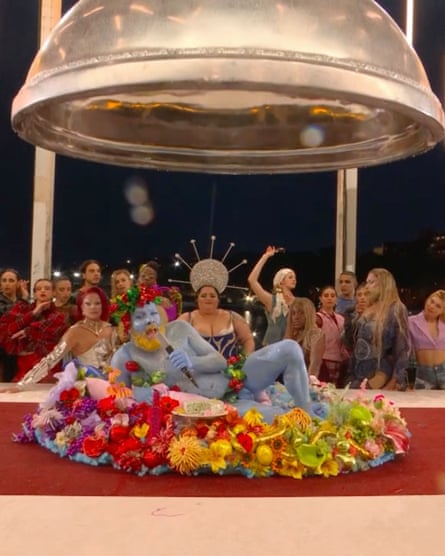
This moment marked the beginning of the live event, which consisted of 12 tableaux featuring Lady Gaga, Céline Dion, the music of composers Rameau, Ravel, Saint-Saëns and Satie, French rapper Rim’k, Juliette Armanet singing John Lennon, and long time Le Masne collaborator and mercurial trickster Philippe Katerine, who popped up as a smurf-like blue Dionysus (and ended up in the middle of a culture war, as some accused the section of parodying the Last Supper). “All the music you hear in the ceremony is composed, arranged or produced by me,” Le Masne stresses. “Even the silences are written.”
I ask him if he feels the weight of political responsibility in his role. “Not really. I did play the theme to President Macron in person … He liked the fusion of the symphonic and the electronic.” He laughs and shrugs at the implausibility of that moment. “I had a lot of freedom but at the same time I knew I had to express diversity and inclusivity.”
This is clearly manifest in his curation. “I’m working with worlds that don’t classically belong together, combining the featured artists with specific French ensembles, in surprising ways.” During the tableau titled Egalité, French-Malian Muslim pop-star Aya Nakamura and her retinue of dancers dressed in gold Dior feather outfits were backed by a marching band in military regalia. “She’s had a hard time with the extreme right here in France, and yet she went all the way through with the idea we had, performing with the Garde républicaine. I really respect her for that. I felt we were doing something really symbolic and political, and an an artist, it’s not every day you can do that.”
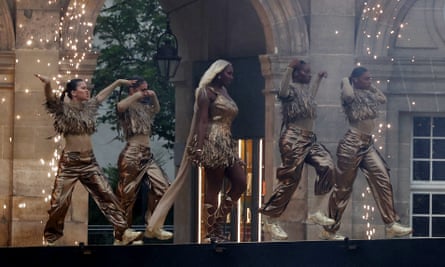
For the Synchronicité tableau, Le Masne recorded tool sounds from the craftspeople working on the restoration of Notre Dame and paired them with the Ensemble intercontemporain, a group founded by Pierre Boulez in 1976. “This is a piece for urban furniture and orchestra. My idea was to use the sound of the city and to make music with it. Sounds of the workers on the scaffolding, like hammers hitting nails, mixed with marimbas, clarinets and organs. Then I added guitars, bass, drums, the choir from Le Chœur de Paris, and the Orchestre de Paris for the big finale.”
From indie kid touring with Phoenix to the maestro at the summit of the French establishment, I ask him: where he can possibly go from here? “The Paralympics closing ceremony is on 8 September, so on the 9th I will sleep.” He has received a mountain of offers since his Olympics role was announced. How does he choose?
“Maybe I’ll do something a little more stripped back. There’s this John Cage piece, As Slow as Possible, composed for an automatic organ in a church in Germany which strikes a new chord every seven years or something … Pilgrims gather to witness this musical event. Maybe I can do something like that.”
Source: theguardian.com



